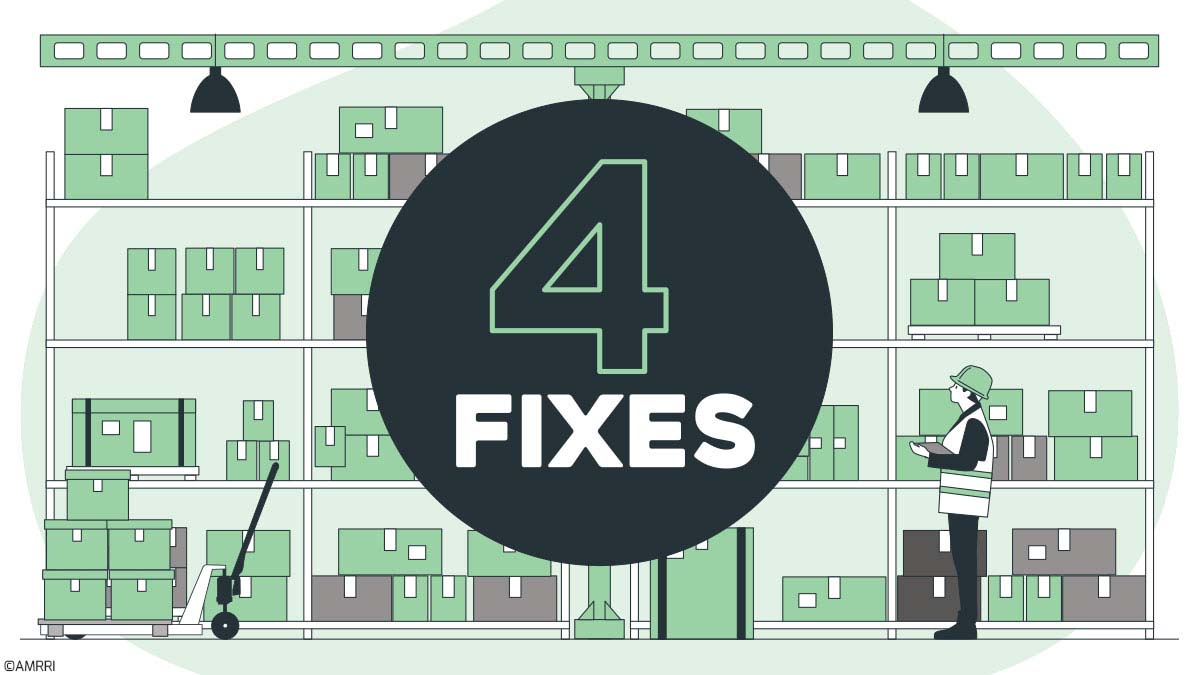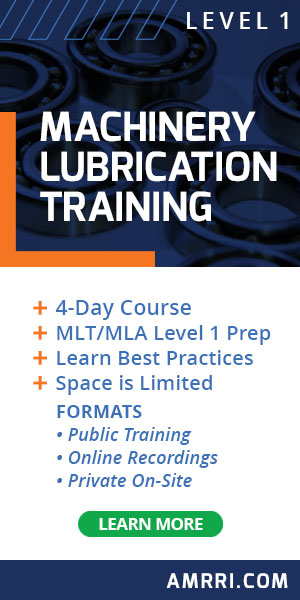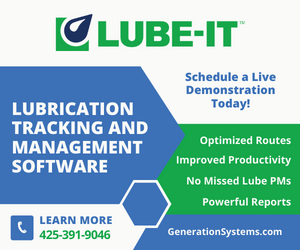Many organizations struggle to manage maintenance stockrooms effectively, impacting the business’s bottom line.
In organizations with inefficient MRO processes, it’s common to find the site with high levels of reactive breakdowns, maintenance delays due to part shortages, high expediting costs, few if any bill of materials (BOMs), poor planning and scheduling practices, and much obsolete inventory on the shelves where the equipment no longer exists in the plant.
Studies show that over 32% of machine downtime is due to the storeroom not having the right parts and materials.
Isn’t it time to make changes if all of this sounds familiar? Here are some areas many sites could leverage to drive storeroom improvements.
As a longer-term strategy, ensure that a process exists to improve the bill of materials over time.
This effort assists the storeroom and helps technicians and planners as examples. It’s common to find planners spending five hours daily looking for the information to order parts for upcoming planned work.
If the asset hierarchy is developed correctly and work orders are written to the lowest child asset levels, ensure that parts are automatically attached to the child asset’s bill of materials when issued.
Also, ensure that management of change (MOC) processes exist to capture equipment changes and capital project additions from the engineering group.
When equipment is added or changed, it’s a perfect time to create or add to the bill of materials in the computerized maintenance management system’s (CMMS) inventory module.
Interestingly, about one-third of storerooms don’t do cycle counting. Couple that with unattended stockroom access that relies on the “honor system,” and you have a recipe for inaccurate storeroom inventories.
Unfortunately, the “honor system” has long been ineffective. No wonder when a technician needs a part, they order three; one for the machine, one in case that one doesn’t work, and one for what I call “squirrel stores,” aka their stash of parts in the toolbox or locker.
The requested extra parts are due to the lack of trust in the storeroom processes, although the undocumented removal of parts is due to the technicians themselves.
Perform cycle counting every week and chase down the variances. Do this by taking the number of inventory stock-keeping units (SKUs) and dividing them by 52 (weeks in the year).
For example, if you have 5200 SKUs, then count 100 per week.
For organizations that leverage ABC analysis (analysis by SKU value and cumulative issue rates), high-value “A” items can be counted four to six times per year, medium “B” items are counted twice per year, and low-value “C” items are counted once per year.
A suitable inventory management module in the CMMS package will handle the SKU selection for you.
Another simple fix is to ensure that a shelf-life program is in place. All too often, drive belts are hung on pegs on the wall and not rotated.
When the belt is pulled from the peg, UV light and the storage environment, coupled with time, have caused the belt to deteriorate to the point that it fails shortly after installation on the asset. There are a few components to address as part of this fix.
A first in, first out (FIFO) process leverages dates on barcode labels, showing when the part or material was received in inventory. If not using barcoding, then a simple ink stamp set to today’s date is used with another label to show the received date.
When the received parts are added to the storage location, the older parts are pulled to the front, and the new parts are placed in the rear of the storage location.
Continuing with shelf life, a v-belt has a shelf life of three years, depending on the storage conditions. Depending on the manufacturer’s recommendations, greases have a shelf life from six months to two years.
Even a ball bearing sealed in a package has a shelf life. When the lubricating film dries out, the bearing components can brinell due to the metal-to-metal contact, creating flat spots.
The storeroom should have a budget to remove parts that have exceeded their shelf life, but without the date labeling, that becomes indeterminable.
Also, belts are best stored flat on a shelf over being hung from a peg on the wall when possible.
Another mistake that undermines plant reliability is when the technician carries a used part into the storeroom to match up with the stocked item.
They leave the used part in the bin beside where they pulled the new part from. Later, the storeroom clerk sees the misplaced part and puts it into the correct location. Later, the part is removed to replace a broken one, only to find it failed.
With maintenance relegated to the role of part changers in many sites, the same thing happens when they pull multiple parts out of stock to troubleshoot the problem. When a part doesn’t fix the problem, it’s put back into stock.
Unknowingly, the part may have been damaged in the troubleshooting process. Like before, the item is pulled later to fix a failure and discovered to be failed. And if that part has a low min/ max point, another part may not be on the shelf.
While there are many more items to address, the last simple fix for this article is having a PM program for larger rotating spares.
For example, when motors sit for extended periods, the grease can slump in the bearings or dry out. Brinelling can occur, creating flat spots. The motor shaft can rust, or in more challenging environments, corrosion can occur.
An essential PM task for motors is to turn the shaft ten revolutions and stop it ninety degrees from the last position once per quarter. Some CMMS systems are programmed to show the keyway position on the PM work order each time it is generated.
At the same time, inspect the motor for corrosion or the shaft for rust. Use preventative measures to address these issues.
Effectively managing maintenance stockrooms is crucial for maintaining plant reliability and reducing costs. Organizations facing these challenges need to implement changes to improve their stockroom operations.
Education is a critical first step, followed by on-site coaching and storeroom certification. If you need help figuring out where to start, contact me at JShiver@PeopleandProcesses.com.









